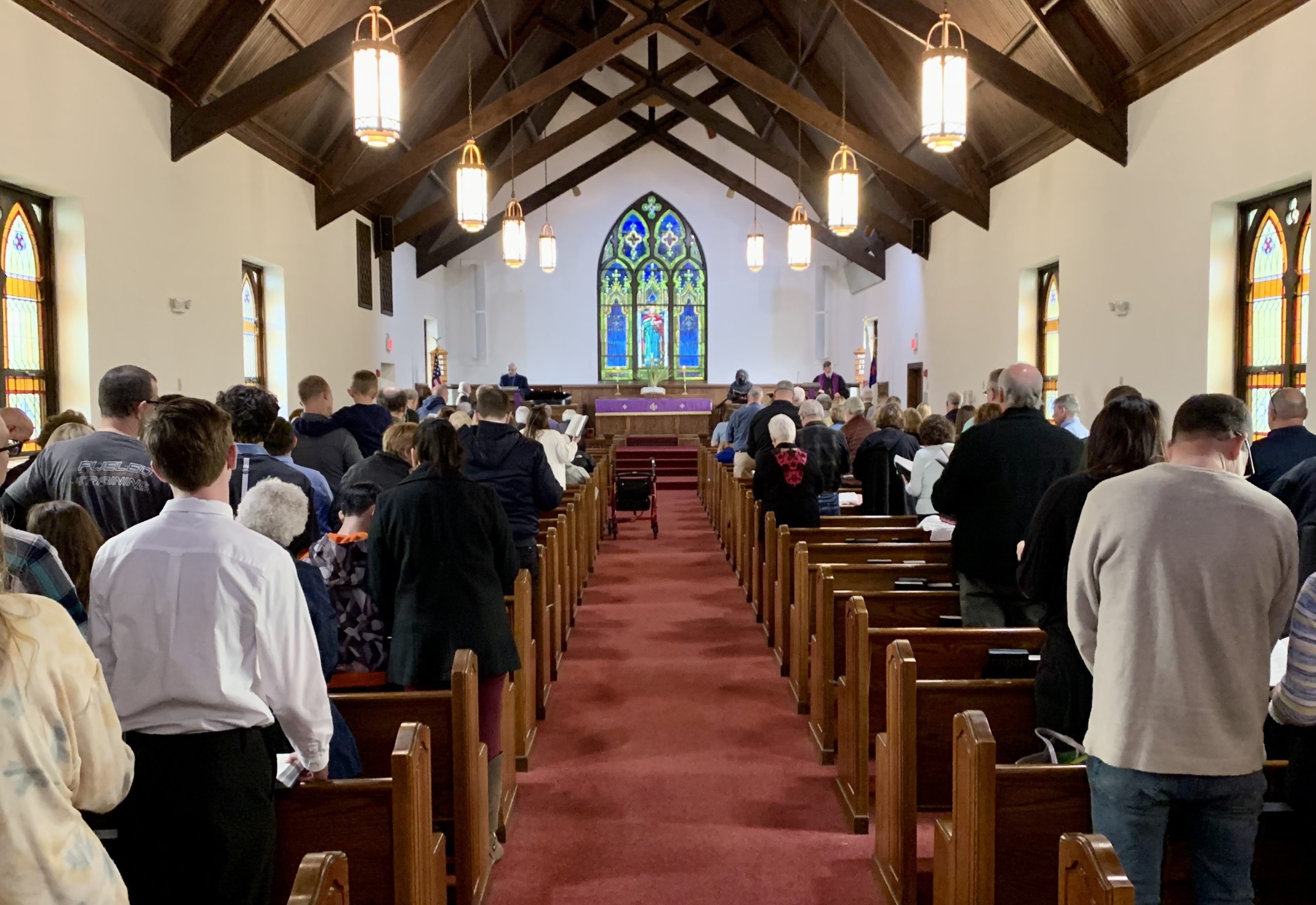Did you know Baldwin is now home to a liturgical dance troupe?
Liturgical Dance – What does it mean?
Our words have power and so do our movements. As the oldest form of art we should rejoice through dance.
Liturgical dance has the power to convey the message of God and the ability to express worship through body movement. Every culture throughout history has used dance to express religious faith and to celebrate important events in life — birth, death, healing, marriage and sharing.
The history of liturgical dance begins in the Bible. The Bible doesn’t mention much about dance. But, it does mention dances of celebration during two important historical events.
The first event was the crossing of the Red Sea. Miriam, prophetess and sister of Moses brought together several women in song and in praise after the children of Israel crossed the Red Sea (Exodus 15:20, 21).
The second event occurs when David brings back the arc of the covenant to Jerusalem (2 Samuel 6). Both major events showed the significance of praise dancing.
From Biblical times to the 19th century, an emergence of dancing during Christian worship services began.
Praise dancing began during slavery from the traditions of West Indian dances called ring shouts. The shouting is used to describe the ecstatic dancing in the ring shouts. The participants would gather in a circle during worship services to sing praises, pray, and dance. Each person would have their turn choosing one to share.
The liturgical dance traditions of the 19th century leads into the more complete and choreographed dances done during church services today.
It is important to realize the power that dance possesses. It has the intensity to move some to tears, to aid some in sympathy, to have some feel delighted and the ability to make some feel distressed. Dancers have the strength to tell stories in our worship service.
If you are interested to share in the ministry of dance please contact Stephanie Caruso at threegirls0@gmail.com.

